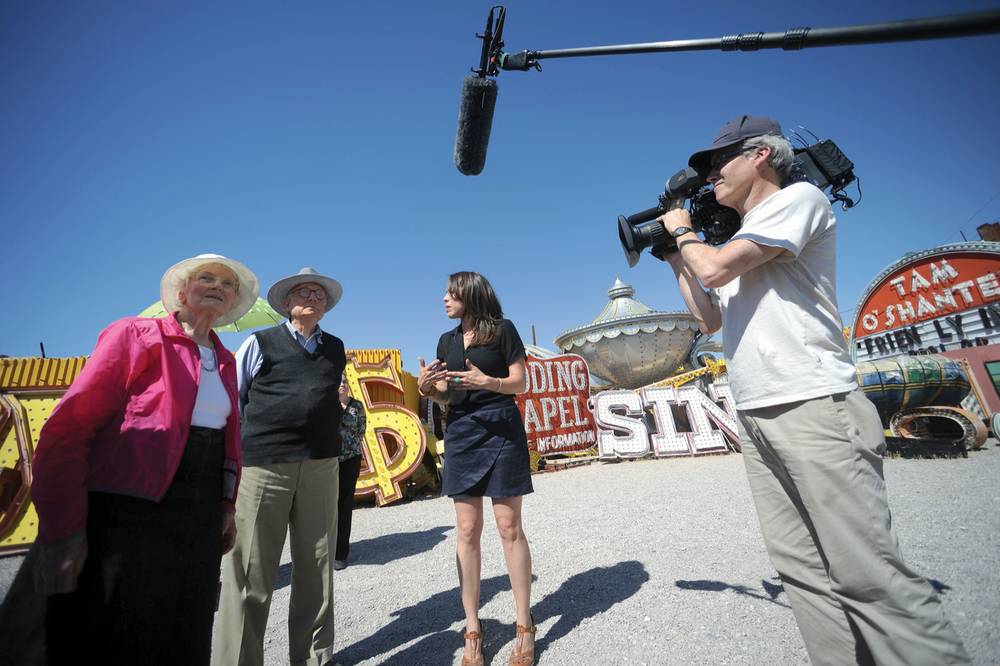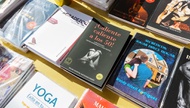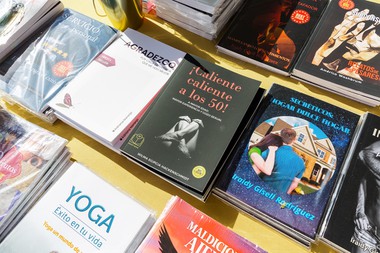When architects Denise Scott Brown and Robert Venturi first came to town in the late ’60s for a landmark study on Las Vegas’ architectural form, the story goes, they inadvertently forgot to pay their tab at the Stardust—they thought the city was picking up the tab; the city thought they were. But it turned out to be a win-win. Their 1972 book, Learning From Las Vegas, made them famous and helped launched architectural postmodernism. It also lent Las Vegas a critical respectability that still informs the city’s architecture today.
Venturi, who turns 84 this week, and Brown, 78, made the famous distinction of buildings as either ducks or decorated sheds. The duck was the modernist building-as-symbol, a building type that had reached its creative apogee by the ’60s. The shed was the plain building you could festoon with ornamentation and symbolism, of which Vegas has always had its share.
More
- Beyond the Weekly
- Learning from Las Vegas
How fitting, then, that the couple held court last week at the Neon Museum’s Boneyard, staring out into a lot filled with beautiful old neon signs. After all, it was Learning From Las Vegas that did so much to legitimize signage—its exuberance, its commercialism—as something worthy of celebration. “This signage is beautiful,” Venturi said of the Boneyard’s collection. “I love it.”
The couple was in town filming a documentary, a project son James has been working on since 2005. Filming transpired amid an amusing, circus-like atmosphere. Venturi and one of his collaborators, filmmaker John Halpern, had invited a coterie of fans—local architects, Boneyard board members, UNLV faculty—and a few journalists to interact with the famous couple while the cameras rolled. Everyone piled on a small tour bus for a sightseeing drive—the signs on East Fremont, the Gehry building, the World Market Center, the Welcome to Las Vegas sign, Caesars—while Venturi and Brown philosophized about the impact of their book and the look of today’s Las Vegas. You might call it a day of semi-staged spontaneity, with Halpern directing questions for participants to ask the two architects. (The best: whether their work in Vegas was influenced by the fact they were falling in love; Brown cheekily replied, “We’re too old, we’ve forgotten.”)
Today’s Las Vegas has changed. Forty years ago, Strip properties were built far back from the street, at a scale, says local architect Bob Fielden—who served as a sort of local liaison to Venturi and Brown on their initial trip 40-odd years ago—“appropriate for people in automobiles driving by at 40 miles an hour.” Now, the Strip towers as often as not crowd close to the street, and traffic is so heavy that motorists have basically become pedestrians.
The signs remain, but they’re as likely to be giant LED screens as neon, a trend Brown sounded less than enthused about. While reflecting on a trip to Shanghai’s glitzy Pudong district, she spoke about the constraints of LED technology, and she could have been talking about Vegas. “They can’t do a sign like the Riviera, which can go here and there,” she says, tracing curves in the air with her hands.
By the end of the morning, Venturi was fading; the heat had clearly taken something out of him. Brown, on the other hand, looked radiant as the center of attention. Earlier in the morning, I’d asked Venturi about the state of architecture generally, and he’d quickly noted his disapproval. “This is not a great era.” Too much abstract expressionist design, he explained. Too much “Aren’t I interesting? Aren’t I a genius? The main thing is to make it effective.”








Previous Discussion: